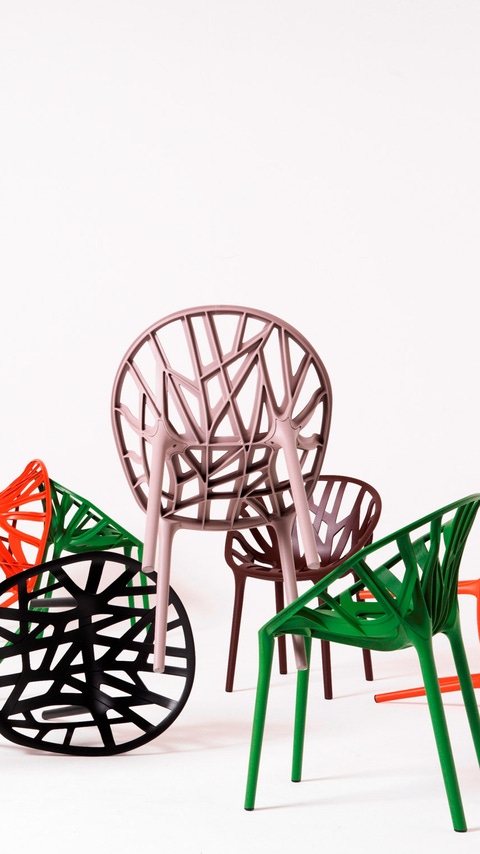Produkty
Ultramid® (PA6, PA66, PA6.10, PA6/66)
BASF’s Ultramid® grades are molding compounds on the basis of PA6, PA66 and various co-polyamides such as PA66/6. The range also includes PA610 and semi-aromatic polyamides such as PA6T/6.
The molding compounds are available unreinforced, reinforced with glass fibers or minerals and also reinforced with long-glass fibers for special applications. Ultramid® is noted for its high mechanical strength, stiffness and thermal stability. In addition, Ultramid® offers good toughness at low temperatures, favorable sliding friction behavior and can be processed without any problems.
The most important properties of Ultramid®
- High strength and rigidity
- Very good impact strength
- Outstanding resistance to chemicals
- Low tendency to creep
- Dimensional stability
- Simple processing
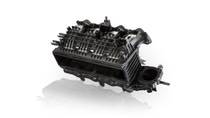
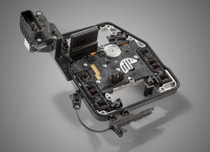
Ultramid® ‒ versatility in material and application
Because of the manifold and tailor-made characteristics of Ultramid® many applications are possible, especially in automotive construction, electrical engineering and electronics, in household technology, industrial connection, photovoltaics, in construction and installation, furniture, the sanitary industry and in mechanical engineering.
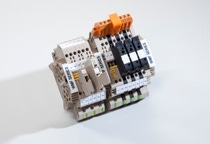
Properties of Ultramid® (PA)
Ultramid® is the trade name for polyamides supplied by BASF for injection molding and extrusion. The product range includes PA6 grades (Ultramid® B), PA66 grades (Ultramid® A), special polyamides like PA6T/6 (Ultramid® T) and PA610 (Ultramid® S Balance) as well as special grades based on copolyamides. Ultramid® A is produced by condensation polymerization of hexamethylene diamine and adipic acid, Ultramid® B by hydrolytic polymerization of caprolactam. These materials are obtained from petrochemical feedstocks such as benzene, cyclohexane and p-xylene. Ultramid® is noted for its high mechanical strength, stiffness and thermal stability. In addition, Ultramid® offers good toughness at low temperatures, favorable sliding friction behavior and can be processed without any problems.
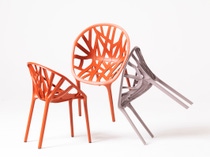
Processing of Ultramid®
Ultramid® can be processed by all methods known for thermoplastics. The main methods are injection molding and extrusion. Complex moldings are economically manufactured in large numbers from Ultramid® by injection molding. The extrusion method is used to produce films, semi-finished products, pipes, profiled parts, sheet and monofilaments. Semi-finished products are usually further processed by cutting tools to form finished molded parts.
Specific Ultramid® Grades
The product range of Ultramid® also comprises grades for special applications.
- Ultramid® Endure: Heat-resistant polyamide
- Ultramid® StructurePolyamide with long glass fiber reinforcement
- Ultramid® Advanced N: Polyphthalamide for challenging applications
- Ultramid® Advanced T1000Polyphthalamide (PPA) – one T for 1000 tasks
- Ultramid® Advanced T2000Polypthalamide (PPA) – Connecting Strengths
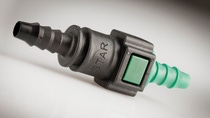
BASF's new range of products that are now part of the Ultramid® family
Please note: BASF will market and sell the former Polyamid products aquired from Solvay outside European Economic Area and Switzerland only. BASF plans to offer these products in the European Economic Area and Switzerland under the Ultramid brand name as of February 2022.

Application range
The applications are as manifold as its product properties: Explore the various application possibilities of Ultramid®!
Our service package
We offer our customers a comprehensive range of services with leading technologies and products. Find the service that matches your needs!
